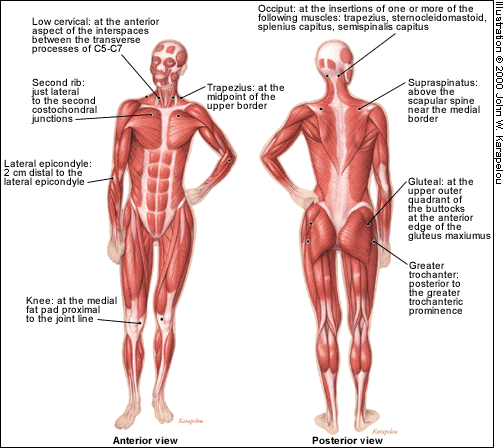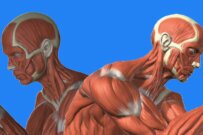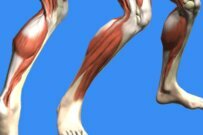Fibromyalgia is a chronic condition that is characterized by widespread muscle and joint pain and fatigue. Other symptoms that commonly occur with Fibromyalgia include:
- Anxiety or depression
- Decreased pain threshold or tender points
- Sleep problems (waking up unrefreshed)
- Problems with memory or thinking clearly
- Morning stiffness
- Headaches
- Tingling or numbness in hands or feet
Tender point locations include:
- Back of the head
- Between shoulder blades
- Top of shoulders
- Front sides of neck
- Upper chest
- Outer elbows
- Upper hips
- Sides of hips
- Inner knees
Fibromyalgia can be difficult to diagnose, and is often misdiagnosed, since there is no test to diagnose the condition. However x-rays and lab tests are used to rule out other conditions.
Gender is considered a risk factor for fibromyalgia since women are 10 times more likely to get this disease than men, and most of them are women ranging in age from 25 to 60.
There is no cure for fibromyalgia, and there is no treatment that addresses all of fibromyalgia symptoms. Patients often feel better with proper self-care. A treatment program may include a combination of medications, exercises and getting enough sleep. Mind and body practices, such as tai chi, qi gong, and massage therapy, may be helpful for fibromyalgia symptoms.
Therapeutic massage may be beneficial because it manipulates the muscles and soft tissues of the body to help ease deep muscle pain. Massage also works to relieve pain of tender points, muscles spasms, and tense muscles. Myofascial release can also gently stretch, soften, lengthen, and realign the connective tissue to ease discomfort.
When dealing with fibromyalgia remember to:
- Reduce stress – Meditation and deep breathing are great options to try to reduce stress.
- Get enough sleep – Getting enough sleep and practicing good sleep habits are essential to combating fatigue.
- Exercise regularly – Regularly participating in appropriate exercises such as walking, swimming, and biking can help decrease symptoms.
- Be consistent – Do not stop all activity but be sure not to overexert yourself.
For more information check out this brochure from the American Chronic Pain Association.






